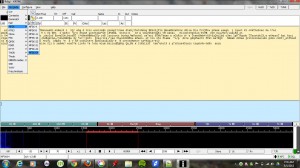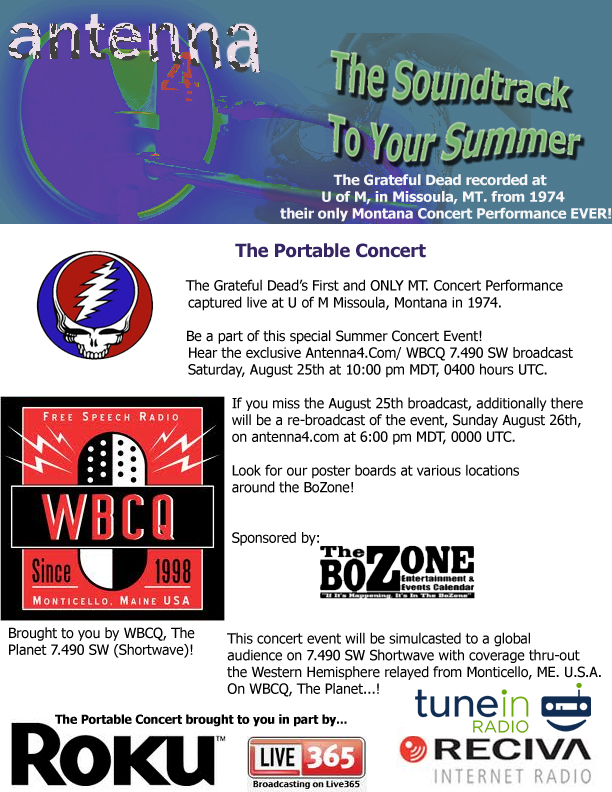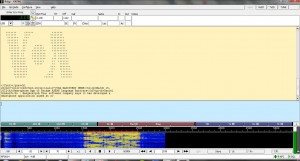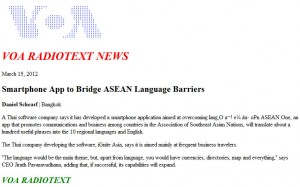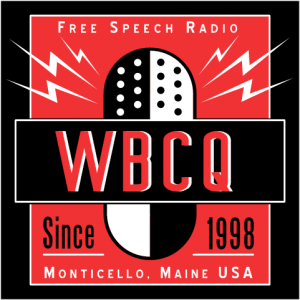
(Source: Stephen Kellat)
As long as our “i”‘s are dotted and our “t”‘s are crossed, there will be a New Year’s Eve special on WBCQ on 5.110 MHz from the production team at Erie Looking Productions in concert with the team behind the Ubuntu UK Podcast.
The Joint New Year’s Eve Special will be airing at 7 PM Eastern on New Years Eve, 12 AM UTC New Year’s Day. The show is a variety hour with a retrospective on the world of Linux and Ubuntu more specifically, poetry and music by Ashtabula-area musician Mike Kellat, and a policy essay on global communications in the aftermath of the World Conference on International Telecommunications 2012 in Dubai. Other PSAs such as “Profile America” from the US Census Bureau and some silliness is included as well as a music break. Cleveland-area life studies artist Big Ed Kellatis assists Mike Kellat with the poetry reading.
The show is licensed under a Creative Commons Attribution Share-Alike 3.0 United State License which is further explained athttp://creativecommons.org/
licenses/by-sa/3.0/us/ with the show to be attributed with “Joint New Year’s Eve Special” as title and “Gloria D. Kellat” as the responsible producer. Sharing and posting of airchecks is encouraged especially by sites like SWLing Post. [Gotcha!] Erie Looking Productions produces “LISTen: An LISNews.org Program” at http://lisnews.org/podcast to cover the realm of library & information science as well as “Ubuntu Ohio – Burning Circle” at http://ohio.ubuntu-us.org/
burningcircle to cover the activities of the Ohio Local Community team of the Ubuntu Linux project. The Ubuntu UK Podcast production team releases programs athttp://podcast.ubuntu-uk.org/ covering the world of Ubuntu more specifically and Linux more generally. Gloria D. Kellat, producer at Erie Looking Productions, served as overall producer for the joint effort this year. Much like last year’s shortwave special produced by Erie Looking Productions alone, this is done to highlight the impact of dangerous trends towards a fractured and broken Internet that have grown ever larger since the start of the Arab Spring. It is far too easy in today’s world for the Internet to simply go away whether by human intention or the intervention of natural circumstance as seen in the multiple failures of Netflix during 2012. This remains yet another drill to show that message content rather than transport medium is key to communications viability.
Shortwave is most certainly not dead yet…

